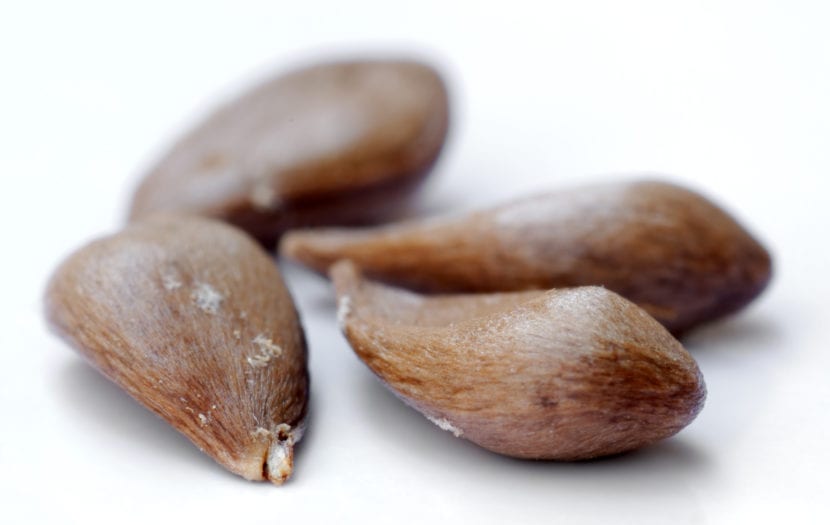
Seeds are the fruit of billions of years of evolution. A path that these wonderful plants have been traveling for about 299 million years, in the Permian era. At that time the first "modern" plants appeared: those that did not reproduce by spores, such as fungi or ferns, but by a much more developed organ that carried a valuable load within it: the embryo.
Do you want to know the different parts of a seed? Come on, read on to discover more about the fascinating world of plant beings.

It's hard not to be in awe when you pick a seed. I have been in the gardening world since 2006 and despite the fact that every year I usually plant new plants and I know the process, when the cotyledons emerge from the substrate I can't help but be surprised. It is amazing how a tree 20, 30 or more meters can grow from a seed that can barely measure one centimeter.
Obviously, it takes time. It is not a process that happens overnight. The genetic material here, as in the development and growth of other living beings, plays a very important role.
When a flower is pollinated, in the ovum the chromosomes of the mother are mixed with those of the father. With natural selection what is achieved is that the new generations are always somewhat more resistant than those of their predecessors. In the specific case of plants, little by little they have managed to adapt to their respective habitats thanks to natural reproduction.
Now, What are the characteristics of the seed? Well, they are:

- Embryo: it is the new plant in a mini version. It is what begins to develop as soon as the ovum is fertilized, during pollination. This in turn is composed of:
- Radicle: it is the first root. From it the secondary roots and hairs will emerge that will allow it to feed.
- Plumule: it is a bud that is on the opposite side of the seed.
- Hypocotyl: it is the stem in formation.
- Cotyledon: it is the first leaf of a flowering plant. In the case of grasses and palms, there will only be one, that is, these are monocotyledonous plants; the rest (trees, flowers, cacti, etc.) will have two, since they are dicotyledonous plants.
- Endosperm: it is the seed's food reserve, which normally feeds on starch and sugars.
- Episperm: It is an outer layer that in gymnosperms is formed by a single layer called testa, and in angiosperms it is formed by two, the testa and the tegumen that is below.
A seed can remain dormant for a long time, even thousands of years. If the conditions are not suitable, or if the embryo has not yet finished its development, it will not sprout. On the contrary, if everything has gone well, in a matter of a few days to a few months (depending on the species) they will begin to germinate, as this little oak did: